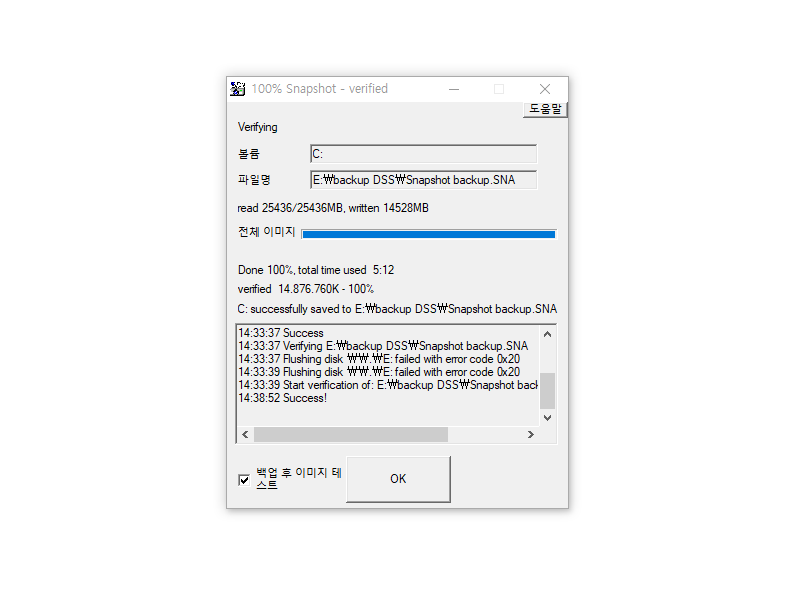

Ideally, you should always consider file backups if you want to invest in long-term data protection. The backup process can take longer to complete, depending on the volume of data you are backing up.Server backups do not require both on-site and off-site storage.
 They are an excellent choice for disaster recovery. Server backups are highly efficient, reliable, and ideal for long-term data center protection. They can easily be moved to the cloud, an off-site location, or a data center. If you upload backups to the cloud, they can be accessed from anywhere at any time. That means that they won't offer an entire virtual machine image that you could restore but rather will allow you to restore individual files/folders that might have been compromised.īackups can be easily moved to the cloud or an off-site data center, unlike snapshots. They aren't connected to your virtual machine.
They are an excellent choice for disaster recovery. Server backups are highly efficient, reliable, and ideal for long-term data center protection. They can easily be moved to the cloud, an off-site location, or a data center. If you upload backups to the cloud, they can be accessed from anywhere at any time. That means that they won't offer an entire virtual machine image that you could restore but rather will allow you to restore individual files/folders that might have been compromised.īackups can be easily moved to the cloud or an off-site data center, unlike snapshots. They aren't connected to your virtual machine. 
The main difference between a Backup and a Snapshot is that Backups are isolated copies of data. These files, bundled in an archive, are kept in a different location than the original source, which makes them quite dependable in the case of file corruption or data loss. When you create a Backup, it essentially creates an archive of some or all files of your server.
Automated File Backups and Snapshots using SimpleBackupsĪ server backup (or what we often call a file backup) is simply a copy of a system or server's files. Summary: What are the Key Differences Between Snapshots and Backups?.







 0 kommentar(er)
0 kommentar(er)
